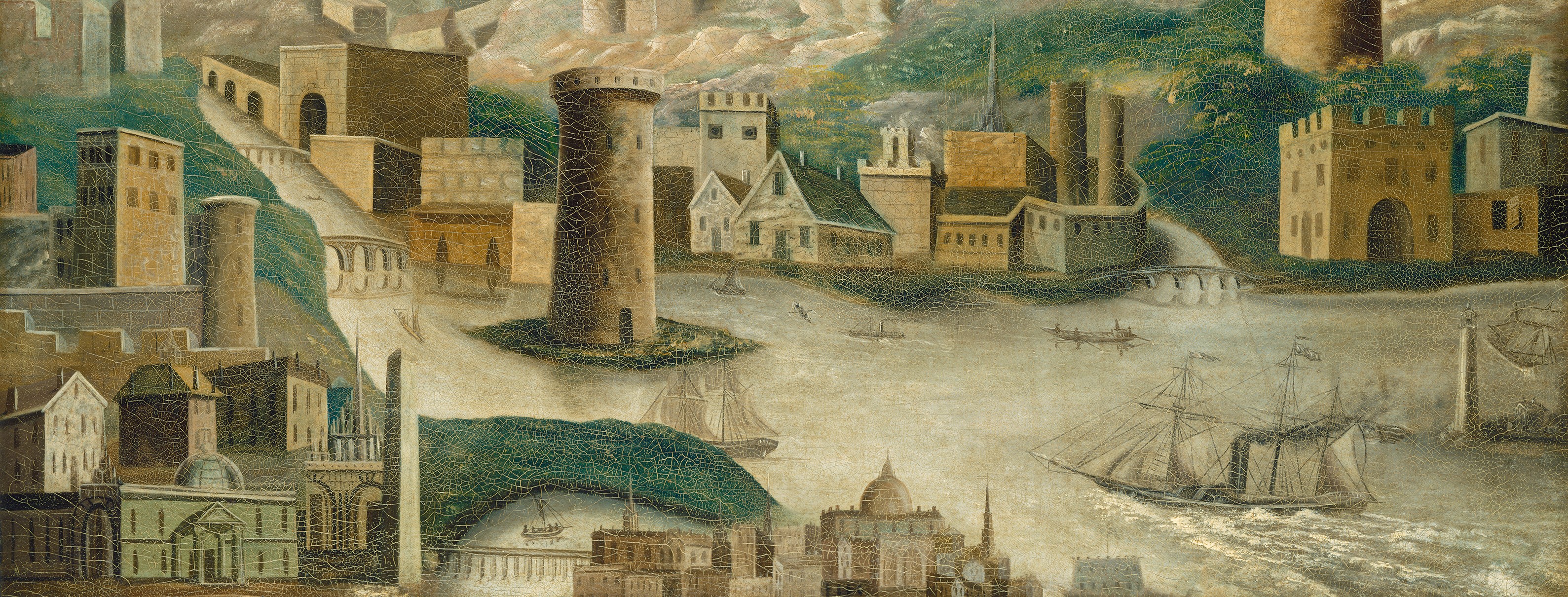Race and Relations
It's impossible for a large number of people from vastly different cultures to live together in the close quarters of a City without some friction. What's more, in a world with a long, fraught history of conflict between nations, cities, and peoples, grudges and animosities run deep. Systems of power erected over centuries prop up some at the expense of others, and do it so artfully that some believe it to be the will of the Goddesses rather than the work of mortal hands.
A Bloody History
Many believe Daearen was born out of chaos. The oldest relics ever found all speak of death; an Ancient Elven empire that dominated the continent, before it was wiped out in a mysterious but devastating Cataclysm. Though the descendants of this empire, the Elves, would never again attain their former glory, the ruins of their empire would stay, scattered across the continent for millenia. The fledgling Humanoid races such as Humans, Halflings and Gnomes, would develop cultures with a shared ancestry; they all began by looking in wonder at the Ancient Elven ruins, imagining what they might have been like, and attempting to emulate them. It's said the world was wilder in those days. Gods and monsters strode the land, powerful sorcerers did battle on each other, and peoples of all races struggled to survive. In this time, many believe the Seven Sisters promised glory to those who worshiped them before ascending into the sky. On this holy spot a temple was built, and the Church of the Seven Sisters was born. In the centuries that followed, Human warlords began to consolidate their powers across the continent; their fortresses became walled villages, and their armies grew as they did war on each other and the nomadic tribes of Orcs and other Goblinoids that lived in the wild places, eventually driving them north over the mountains. Villages became towns, towns became cities, and the Princes of the cities grew rich and powerful. Through both diplomacy and conquest, the cities began to lay claim to each of the smaller settlements dotted across the continent, turning them into vassal towns. Though these towns would now have the protection of their patron city, they would owe the city a tribute in goods and gold. The cities grew richer. Soon, other Humanoids began to settle in the Human dominated cities, carving out their own cultural enclaves and neighborhoods. Elves, seen as exotic and connected to the mystery of their ancestors by Humans, often found work as artisans, performers, and politicians. Many Gnomes found a place among the learned in the cities, making new scientific discoveries or studying magic at the recently founded College of the Magi. The nomadic Halflings made themselves useful as traders, their ships and river barges ferrying goods between the cities. Trade began with the Dwarves beneath the northern mountains, and soon they too spread throughout the continent's surface. Physically similar to Humans, and with cultural practices that many Humans could at least see as somewhat familiar, these Humanoid races were more or less accepted by their new neighbors.The Invisible Hierarchy
Remove these ads. Join the Worldbuilders Guild









Comments